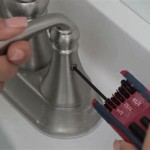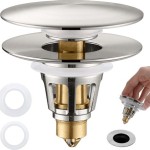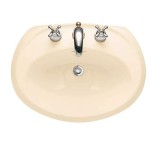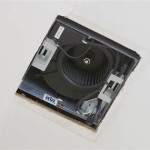How Do I Remove Black Mould From My Bathroom Ceiling?
Bathroom ceilings are a common breeding ground for black mould, a pervasive and unsightly fungus that thrives in damp and humid environments. While it may seem daunting, removing black mould from your bathroom ceiling is achievable with the right knowledge and tools. This article outlines the steps involved, offering a comprehensive guide to effectively tackle this common household problem.
Understanding Black Mould
Black mould, or Stachybotrys chartarum, is a type of fungus that produces microscopic spores. These spores can be inhaled, potentially causing respiratory problems, particularly in individuals with allergies or asthma. They are also known to trigger allergic reactions and skin irritations. Recognizing the potential health risks associated with black mould emphasizes the importance of prompt and thorough removal.
Black mould thrives in damp environments. Bathrooms, with their frequent exposure to moisture from showers and baths, are particularly susceptible. Poor ventilation, leaks, and condensation contribute to the ideal conditions for black mould growth. Therefore, understanding the root cause of the mould problem is crucial for effective treatment. Addressing the underlying issues, like improving ventilation or fixing leaks, will prevent future mould growth.
Safety Precautions
Before embarking on mould removal, prioritize safety. Black mould can be harmful, so it's essential to take precautions to minimize exposure. *
Protect Yourself:
Wear a respirator mask to filter out mould spores, gloves to prevent skin contact, and goggles to safeguard your eyes. *Ventilate the Area:
Open windows and doors for adequate ventilation throughout the cleaning process. *Avoid Cross-Contamination:
Use separate cleaning cloths and tools for mould removal to prevent spreading spores to other areas.Removing Black Mould from the Bathroom Ceiling
Removing black mould from your bathroom ceiling requires a multi-step approach. Follow these steps for a thorough and effective cleaning:
1. Prepare the Area
Before starting the cleaning process, clear the area around the mould growth. This includes removing any items that might obstruct your access to the ceiling or get in the way of the cleaning solutions. This also minimizes the risk of accidental splashing of cleaning solutions on to other surfaces.
2. Clean the Area with a Cleaning Solution
A simple solution using household bleach and water is effective for killing mould. Simply mix a solution of one part bleach to ten parts water, and apply it to the affected area using a spray bottle or a cleaning cloth. Ensure the solution is applied thoroughly to all affected areas, and allow it to sit for at least 10 minutes before rinsing.
Alternatively, you can use a commercial mould killer, following the instructions on the product label carefully. These products are specifically designed for mould removal and may offer a more efficient cleaning action.
3. Scrub the Affected Area
After applying the cleaning solution, scrub the affected area using a stiff-bristled brush, a sponge, or a non-abrasive scrub pad. The goal is to remove the visible mould and spores, ensuring a clean and sanitized surface.
4. Rinse and Dry
Thoroughly rinse the area with clean water to remove any residue of the cleaning solution and mould spores. Ensure the area is completely dry, as any remaining moisture could encourage future mould growth. This can be achieved using a clean cloth, allowing the area to air dry, or using a fan to accelerate the drying process.
5. Preventing Future Growth
Removing black mould is only a temporary solution if the underlying conditions that cause it are not addressed. Implementing preventative measures is crucial for long-term mould control.
Improve ventilation by installing a bathroom exhaust fan or by opening windows after showering. Ensure the fan is running for at least 15 minutes after showering or bathing to effectively remove moisture from the air. Regularly cleaning the fan and its filter is essential for optimal performance.
Address any leaks or condensation issues promptly. Leaky pipes, faulty faucets, or condensation buildup on windows provide ideal conditions for mould growth. By fixing these problems, you eliminate the source of moisture and create a less hospitable environment for mould.
Consider using a dehumidifier to reduce humidity levels in the bathroom, particularly in areas with consistently high humidity levels. This will significantly reduce the risk of mould growth.
Regular cleaning of the bathroom, especially the ceiling, is essential in preventing mould growth. This includes wiping down the ceiling with a damp cloth and using a disinfectant spray to kill any lingering spores.

How To Remove Black Mold From A Bathroom Ceiling

Black Mould Removal The Right Way

Mold On Bathroom Ceiling How To Clean Off

Mold On Bathroom Ceiling How To Clean Off

Cleaning Mrs Hinch Fans Share Tips To Remove Ceiling Mould Express Co

My Bathroom Ceiling Has Black Mould Growing On It What Should I Do

Bathroom Ceiling Mold Removal When To Clean Call Branch Environmental

Ceiling Mold Growth Learn The Cause And How To Prevent It Environix

How To Get Rid Of Mould From Your Ensuite Ceiling Independent Ie

Don T Let Mould Take Over How To Remove It From Your Ceiling
Related Posts







